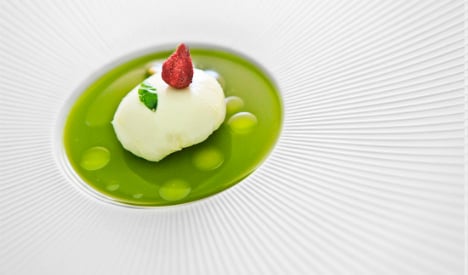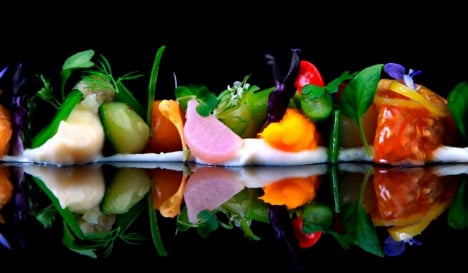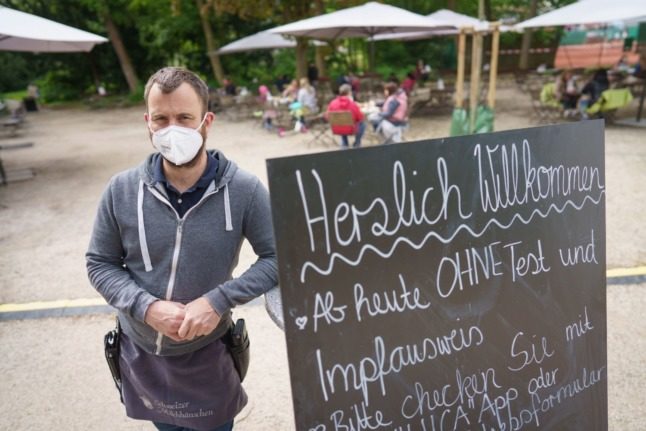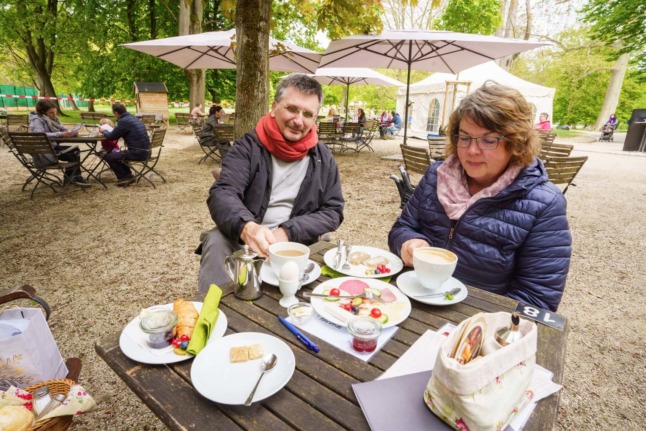The restaurant Coque in Madrid and Fernando Arellano’s Zaranda on the island of Mallorca have both been awarded a second Michelin star for their cuisine.
Coque consigue su segunda Estrella Michelin. ¡Enhorabuena @RteCoque! Así es su cocina por dentro. @siempreviajeros pic.twitter.com/Ry9apxUfqv
— Diana Rguez. Pretel (@DianaRPretel) November 25, 2015
And fourteen new restaurants across Spain have earned a place in the gastronomic bible after being award their first Michelin stars each under a ‘strategy of diversification’.
But the 2016 guide for Spain and Portugal will not include any new three Michelin starred establishments as, for the second year running, no new restaurants in Spain achieved the highest award.
But neither have any of Spain’s eight restaurants with three stars been downgraded, although nine restaurants in total were stripped of their stars and three others had closed down during the course of the year.

A dish served at newly rated two-Michelin starred Zaranda Photo: Zaranda.es
Spain now has 188 restaurants included in the guide; eight with three stars, 23 with two stars and 157 with one Michelin star.
The new guide was announced in Santiago de Compostella in Spain's northwestern region of Galicia on Wednesday night.
New one Michelin-starred restaurants in Spain
Kabuki Raw (Casares, Málaga)
Sollo (Fuengirola, Málaga)
Messina (Marbella)
Acanthum (Huelva)
Disfrutar (Barcelona)
Hoja Santa (Barcelona)
Tresmacarrons (El Masnou, Barcelona)
Emporium (Castelló d'Empúries, Girona)
El Ermitaño (Benavente, Zamora)
Villena (Segovia)
El Rincón de Juan Carlos (Los Gigantes, Tenerife)
Zarate (Bilbao)
Lúa (Madrid)
Casa Marcelo (Santiago de Compostela)
New two Michelin-starred restaurants in Spain
Coque (Humanes, Madrid)
Zaranda (Es Capdellà, Mallorca)
.jpg)




 Please whitelist us to continue reading.
Please whitelist us to continue reading.
Member comments